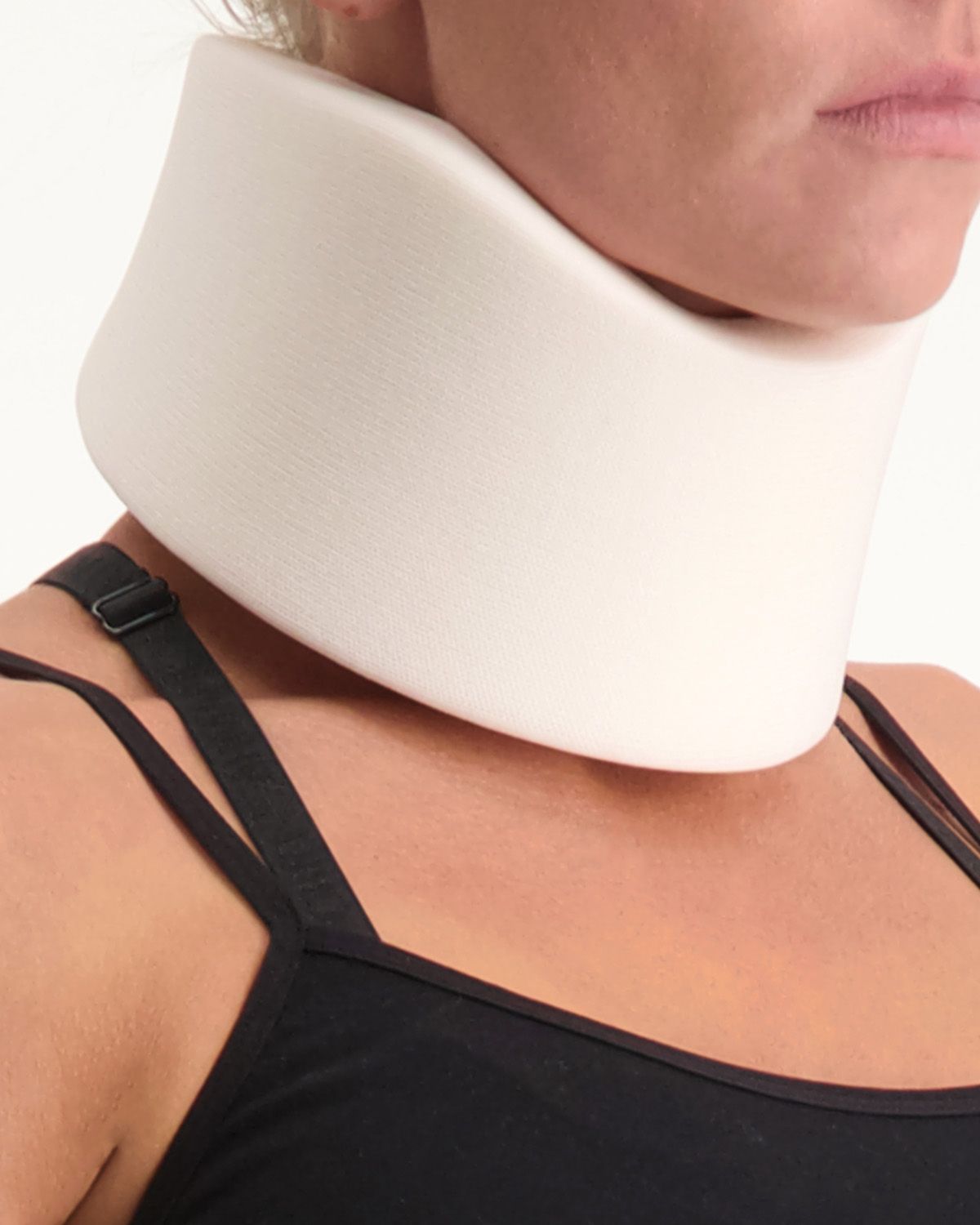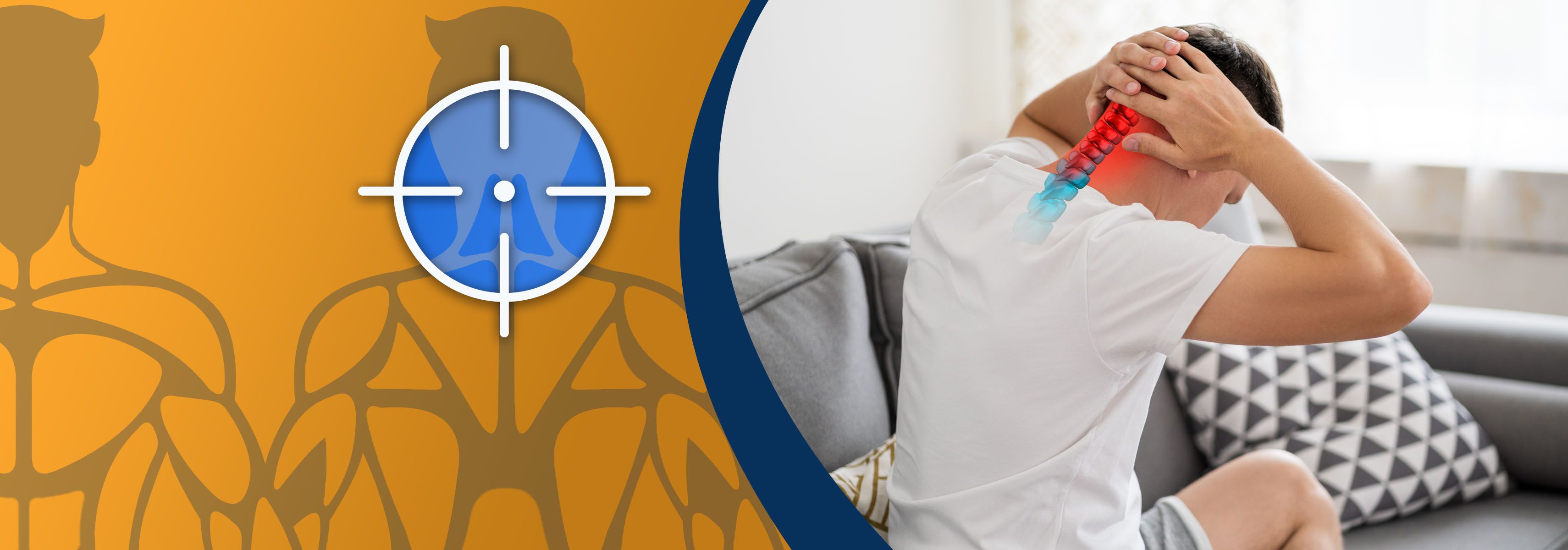Neck stenosis is a condition in which the spinal canal in the neck is narrowed. This can lead to pressure on the spinal cord or nerve roots in the neck. Neck stenosis can cause pain, tingling, loss of strength and other symptoms in the neck, arms and hands.
What causes neck stenosis?
Neck stenosis can have several causes. We list them for you below.
- Due to ageing, wear and tear of the spine can cause the spinal canal to narrow. This is the most common cause of neck stenosis.
- Due to bone formation, such as osteoarthritis, the spinal canal can narrow. Osteoporosis is also a common cause of neck stenosis.
- An injury to the neck, such as an accident, can lead to neck stenosis. In some cases, a tumour also results in neck stenosis.
- Some people are born with a narrowed spinal canal. This also increases the risk of neck stenosis.
Symptoms of neck stenosis
The symptoms of neck stenosis can vary, depending on the severity of the condition. The most common symptoms are:
- Pain in the neck
- Tingling, tingling or numbness in the arms or hands
- Loss of strength in the arms or hands
- Muscle weakness in the arms or hands
- Problems coordinating the arms or hands
- Difficulty walking
- Fatigue
How is neck stenosis diagnosed?
Neck stenosis is diagnosed by a doctor. The doctor will ask questions about your symptoms and your medical history. The doctor will also perform a physical examination. During the physical examination, the doctor will examine your neck, arms and hands for pain, stiffness, loss of strength and other symptoms. In some cases, additional examination through an X-ray or an MRI scan is needed.
What treatments are available?
The treatment of neck stenosis depends on the severity of the condition. In most cases, neck stenosis can be treated with conservative treatments, such as:
- Rest can help reduce pain and irritation.
- Pain medication, such as ibuprofen or naproxen, can help relieve pain.
- Physiotherapy can help strengthen the muscles in the neck and shoulders.
- In some cases, surgery may be needed to fix the spinal canal narrowing. Surgery is usually only considered if conservative treatments are ineffective or if symptoms are severe.
How do you prevent neck stenosis?
There are a number of things you can do to reduce the risk of neck stenosis, such as:
- Pay attention to your posture. Good posture can help reduce stress on the spine.
- Avoid excessive strain on the neck. Excessive strain on the neck, for example by sitting for long periods or staring at a computer screen, can lead to wear and tear on the spine.
- Exercise regularly. Regular exercise can help strengthen the muscles in the neck and shoulders.
- If you have pain or other symptoms in the neck, it is important to consult a doctor to find out the cause of the symptoms
Need more information?
Do you have any questions or comments after reading this article? If so, please contact our customer service team. Our team consists of enthusiastic professionals who can answer all your questions and are happy to help you get back on track.


Dunimed Ventilating Posture Corrector + Free Resistance Band

Super Ortho Posture Corrector / Clavicle Brace / Back Straightener

Dunimed Neck Brace




